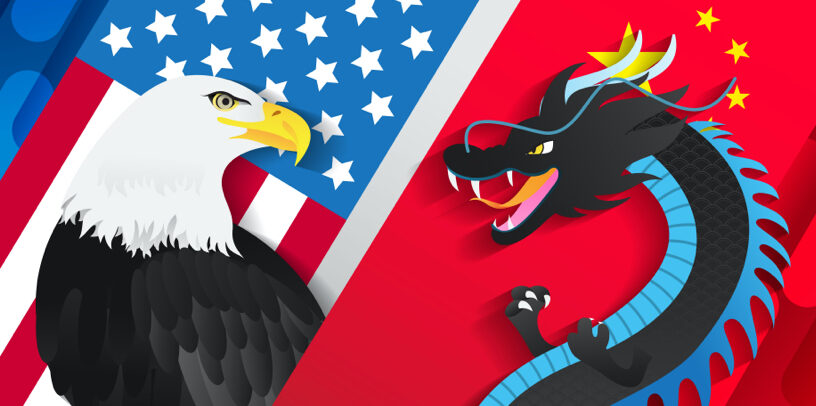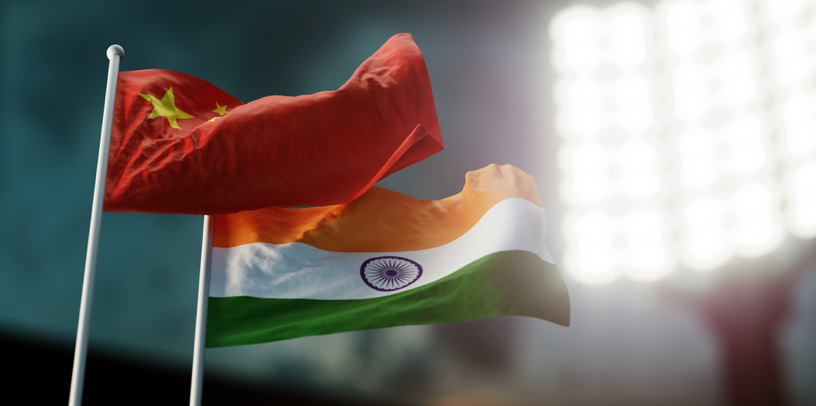
If you look at all the wealthy countries of the world, you will soon find out that there are merely a handful of reasons for why they are rich. Oil would be the most obvious reason, one that stands behind the world’s wealthiest country – Qatar.

But oil is just a specific example of a wider group of reasons typically called resources. Resources may be precious metals, access to seas, ports, or key trade ways. And there is of course the human resource, which is probably the most interesting resource for a country to consider as it is in many ways “in its hands”.
The human resource can become most valuable for a country and for the people themselves in endless ways. Seen as a simple mathematic challenge, there are only three general ways to increase the value of the human resource. One is of course to increase the value of each and every one of us, of as many people as possible, or at least of our average value as a group. The second is to make the corporations (transactions and communications) between the people more effective and efficient, whether inside or outside of the country. The third is to increase (or decrease) the number of people living in the country.
What this all means mathematically, is that unless something dramatic happens, there is no country that can come near the potential of India or China. And if we take into account efficient cooperation and communication and the infrastructure required to support that, China certainly has the leverage.
So what magic still makes the US, UK, Canada, Italy, Switzerland, Norway, Japan, Australia, Austria, Germany, South Korea, Singapore, and many more countries superior to India and China in some indexes?
One claim that can be considered is that, in fact, nothing makes those countries superior to either China or India and it is only a matter of time until every other country finds themselves, lagging behind the two of them, literally “eating their dust”.
India and China demonstrate consistently rapid growth superior to many other countries. It can be claimed that they are on the right track to becoming absolute superpowers in every way—even to the level of having an economy that is three to ten times bigger than the whole US economy, with better infrastructures, cleaner streets, happier citizens, and much greater global impact than the US ever had.

But there is also another option. India and China have shown some rapid growth, and China does enjoy many benefits of a strong, steady regime that is doing the proper long-term planning so often overlooked by other countries. It can even be claimed that China is closer than any other country to being managed like a “Swiss clock.”. Nevertheless, Switzerland is Switzerland for some other less obvious reason, and the same is true for the US, Japan, Israel, and many other successful countries.
But, is it possible to look at the top ten countries leading the GDP per capita list and point out simple key success factors that are not relating to high oil output or other obvious industries? Is it possible to point out the ways that countries like Switzerland and the US use some strategies that are practically absent from India’s and China’s plans and daily life, factors that might actually be a very strong fit to China’s current culture, plans, and regime? Factors that require zero costs to implement and may offer a third of the world’s population three times more than what they already have in a manner that may require nothing but a simple decision?
It is unclear that India or China can become the new absolute superpower without implementing those few extra tricks that bring countries like Switzerland and the US some significant advantage in terms of effectiveness and success – extra tricks which India and China are currently not enjoying though they easily can.
Quantified economic worth = The gap between 3 times the GDP of US and China’s current GDP based on the World bank estimations: $M 21,427,700 X 3 – $M 14,342,903 = $M 49,940,197
[1] Horton, ros; simmons, sally (2007). Women who changed the world. Quercus. P. 103. Isbn 978-1847240262. Retrieved 8 march 2011.
[2] Vaughan, hal (2011). Sleeping with the enemy: coco chanel’s secret war. New york: knopf. Pp. 160–64. Isbn 978-0307592637.
Writer personally holds tesla stock and purchased and sold the stock out of a true believe in Tesla’s vision, technology and management during the past few years. A believe that has not changed
Click to order Musk’s biography through Amazon: Elon Musk: Tesla, SpaceX, and the Quest for a Fantastic Future written by Ashlee Vance.
Click to order An audio book via Audible.
At this point, Time Economy is self-funded and we will highly appreciate any financial contributions you may choose to make.
You can make a contribution from as little as $1. Help us fulfill our vision and benefit the many.
Make a contributionMoney Making article
$80.5T
Quantification:
Based on 2021 IMF (International Monetary Fund) data, the GDP/capita in the US was $69,375 while China’s was $11,891.
Based on Time Economy, this 6 folds gap can be easily mitigated securing a total potential of $69,375 – $11,891 = $57,484 per capita per year.
Or a total of $57,484 X 1.4B = 80,477,600,000,000 for the complete population of China.
Order the complete version of the article as a consultation to get the blueprint for the calculated gains.
World Impact
All
Enter your email address. We will email instructions on how to reset your password.
Comments
Start a discussion, leave your comment below